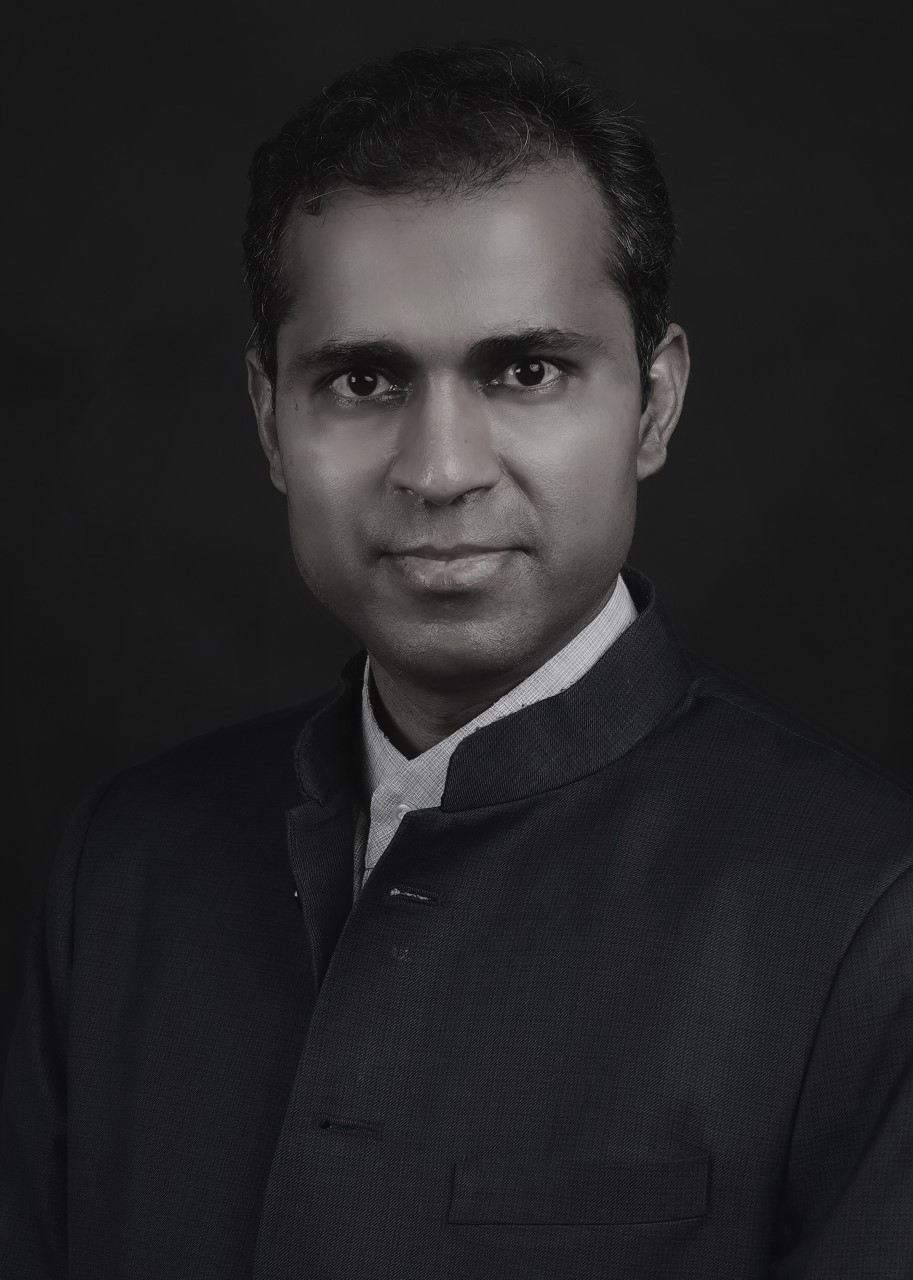Interview with Dr. Akshay Kumar Rathore
 Akshay Kumar Rathore, IEEE Fellow, is a Full Professor at the Singapore Institute of Technology, Singapore. From November 2010 to February 2016, he served as an Assistant Professor at the Department of Electrical and Computer Engineering, National University of Singapore. From March 2016-Dec 2021, he served as an Associate Professor at the Department of Electrical and Computer Engineering, Concordia University, Montreal, Canada where he was listed in the Provost Circle of Distinction in 2021. He served as Graduate Program Director and Chair of Graduate Awards during 2020-21. He received his Ph.D. degree in power electronics from the University of Victoria, British Columbia, Canada in 2008. He had two subsequent postdoctoral appointments with the University of Wuppertal, Germany, and the University of Illinois at Chicago, USA.
Akshay Kumar Rathore, IEEE Fellow, is a Full Professor at the Singapore Institute of Technology, Singapore. From November 2010 to February 2016, he served as an Assistant Professor at the Department of Electrical and Computer Engineering, National University of Singapore. From March 2016-Dec 2021, he served as an Associate Professor at the Department of Electrical and Computer Engineering, Concordia University, Montreal, Canada where he was listed in the Provost Circle of Distinction in 2021. He served as Graduate Program Director and Chair of Graduate Awards during 2020-21. He received his Ph.D. degree in power electronics from the University of Victoria, British Columbia, Canada in 2008. He had two subsequent postdoctoral appointments with the University of Wuppertal, Germany, and the University of Illinois at Chicago, USA.
Dr. Rathore is an IEEE Fellow and is a recipient of the 2013 IEEE IAS Andrew W. Smith Outstanding Young Member Achievement Award, 2014 Isao Takahashi Power Electronics Award, 2017 IEEE IES David Irwin Early Career Award, 2019 IEEE IES Publications Service Recognition Award, 2020 IEEE IAS Outstanding Area Chair Award, 2020 IEEE Bimal Bose Award for Industrial Electronics Applications in Energy Systems and 2021 Nagamori Award. He published about 285 research papers in international journals and conferences, including 96 IEEE Transactions. He published about 280 research papers in international journals and conferences, including 96 IEEE Transactions. His research is mainly focused on the design of current-fed converters, pulsating DC link (electrolytic capacitorless) inverters, and control of multilevel inverters. He supervised 11 Ph.D. theses and 14 MASc (research) theses.
In this interview, Akshay answers questions from his webinar, Electrolytic Capacitorless Pulsating DC Link Three-Phase Inverter for Low Voltage Battery EVs originally presented on August 23, 2022.
Question: Can a nonisolated bidirectional DC-DC converter be used?
Yes, if we can use the current-fed (boost derived) topology at the front end, then voltage gain is obtained naturally. The voltage doubler will further add the 2x voltage gain. So, if the input voltage gain of 10x is attained, then the transformer is non-essential and the non-isolated bidirectional converter will be able to obtain the objectives.
Question: Do you think this technique can be used with high-power batteries?
Yes, the topology and the modulation can be used for high-power batteries. Simply, the rating of the components will change and even the modules can be used. If the battery voltage is higher with a series connection, then the transformer turns ratio will be reduced too.
Question: In case of failure of modulation or internal problem in the circuit what will be the consequence?
Not just the modulation, but also the modulation of the inverter should be coordinated with the front-end full-bridge six pulse modulation because the two are connected. A fast high bandwidth controller is required for that. If the modulation and/or the coordination fails, then the output is not the balanced 3-phase AC but with higher harmonic distortion and that will cause malfunctioning of the motor speed or load.


